7 Best Foods and Strategies for Naturally Lowering Blood Sugar Levels
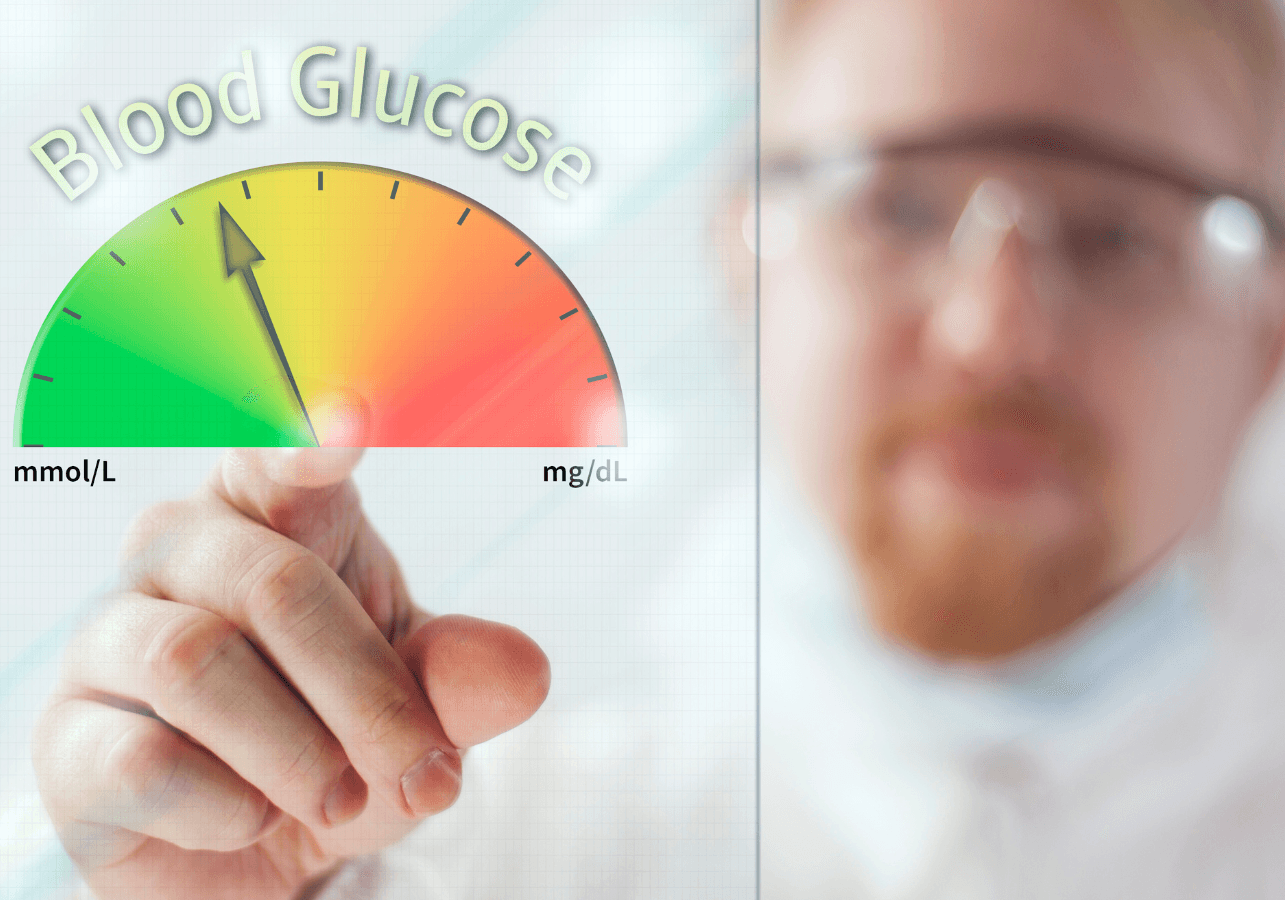
High blood sugar, often referred to as hyperglycemia, is commonly associated with diabetes. Whether you have been diagnosed with high blood sugar or are in the prediabetic stage, where your blood sugar levels are elevated but not yet in the diabetic range, it's crucial to take proactive steps to manage and reduce these levels. Insulin, the hormone responsible for allowing your cells to utilize the sugar in your bloodstream, plays a pivotal role in regulating blood sugar levels. Fortunately, there are several natural ways to help manage and lower your blood sugar levels. In this article, we will explore foods and strategies that can aid in naturally lowering blood sugar levels.
1. Embrace Fiber and Barley
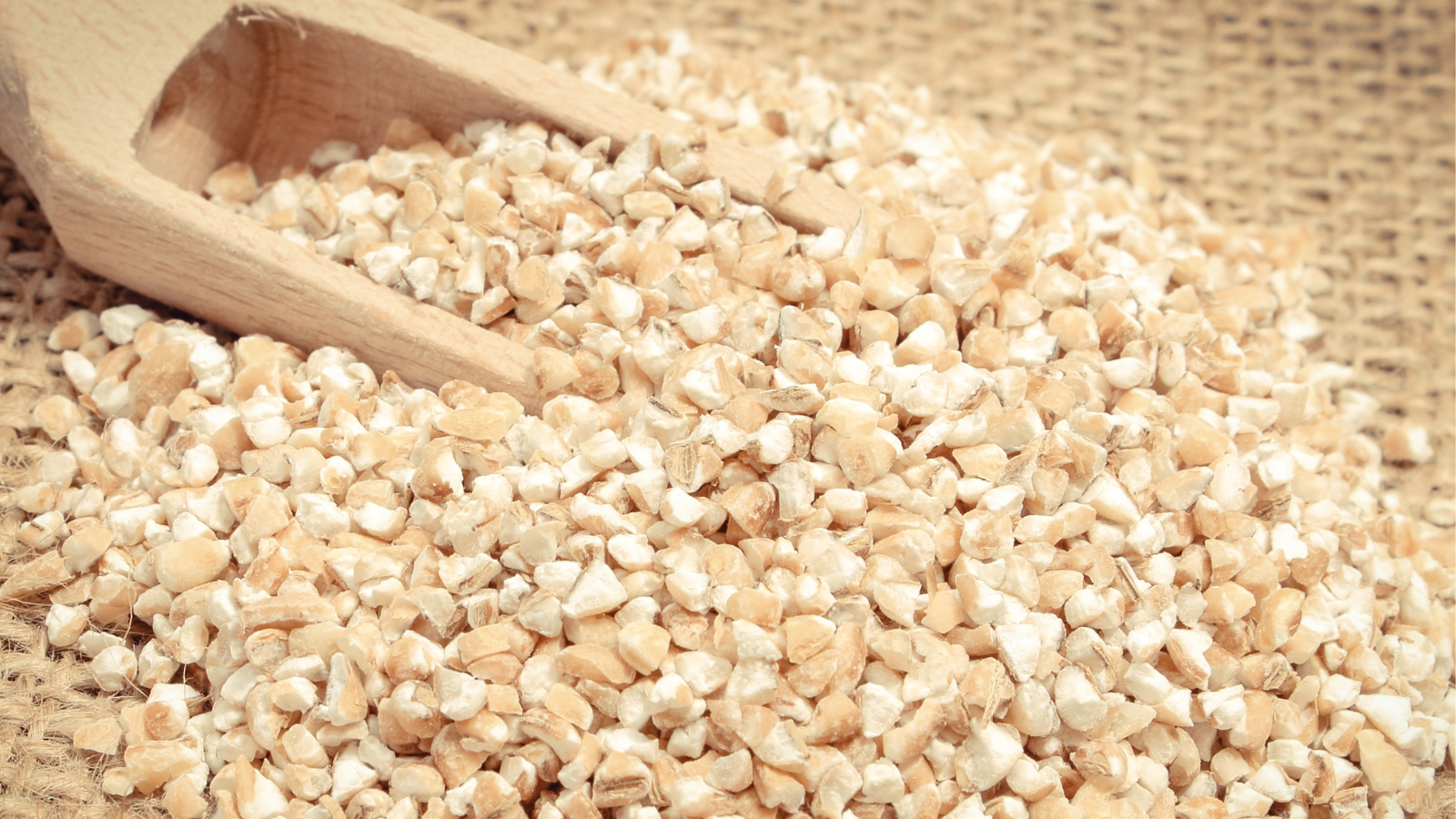
Fiber is a key player in managing blood sugar levels. It slows down the digestion and absorption of sugar, thus helping to stabilize blood sugar levels. Both soluble and insoluble fiber are important, and it is recommended to aim for around 30 grams of fiber in your daily diet for optimal results. Barley, in particular, is an excellent source of high-fiber protein that supports blood sugar improvement. It's easy to prepare, requiring no soaking, and cooks in less than 15 minutes, making it a quick and convenient choice for your health.
Increasing your fiber intake can be a simple yet highly effective way to support your blood sugar management. Incorporating more fiber-rich foods into your diet, such as whole grains, legumes, and vegetables, can help regulate your blood sugar levels. Additionally, make sure to stay hydrated as fiber works best when you have an adequate intake of water.
2. Harness the Power of Cinnamon
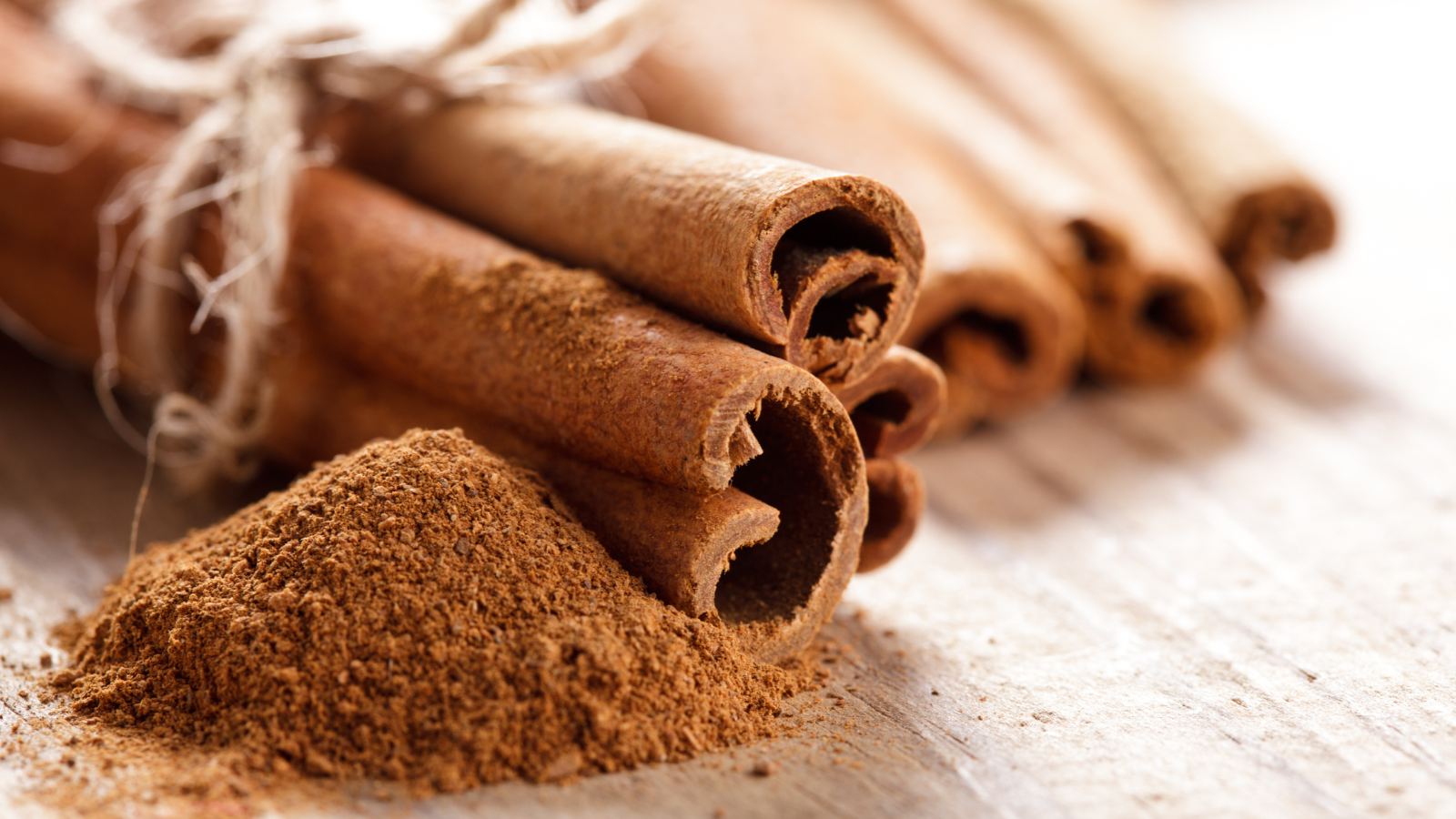
Cinnamon can be a game-changer for controlling blood sugar levels, especially after meals. Consuming just 6 grams of cinnamon can lead to slower stomach emptying and reduced blood sugar spikes. This versatile spice not only aids in blood sugar regulation but also helps lower cholesterol levels and improve insulin sensitivity. Be mindful of the quantity you use; limit your daily intake to no more than 1.2 teaspoons to avoid overconsumption.
Cinnamon is a delightful spice that not only enhances the flavor of your meals but also supports your blood sugar management. Consider adding a sprinkle of cinnamon to your morning oatmeal or yogurt for a tasty and healthful boost. You can also explore various recipes that incorporate cinnamon, such as cinnamon-spiced roasted vegetables or cinnamon-infused smoothies.
3. Nopal Cactus – A Fiber-Rich Delight
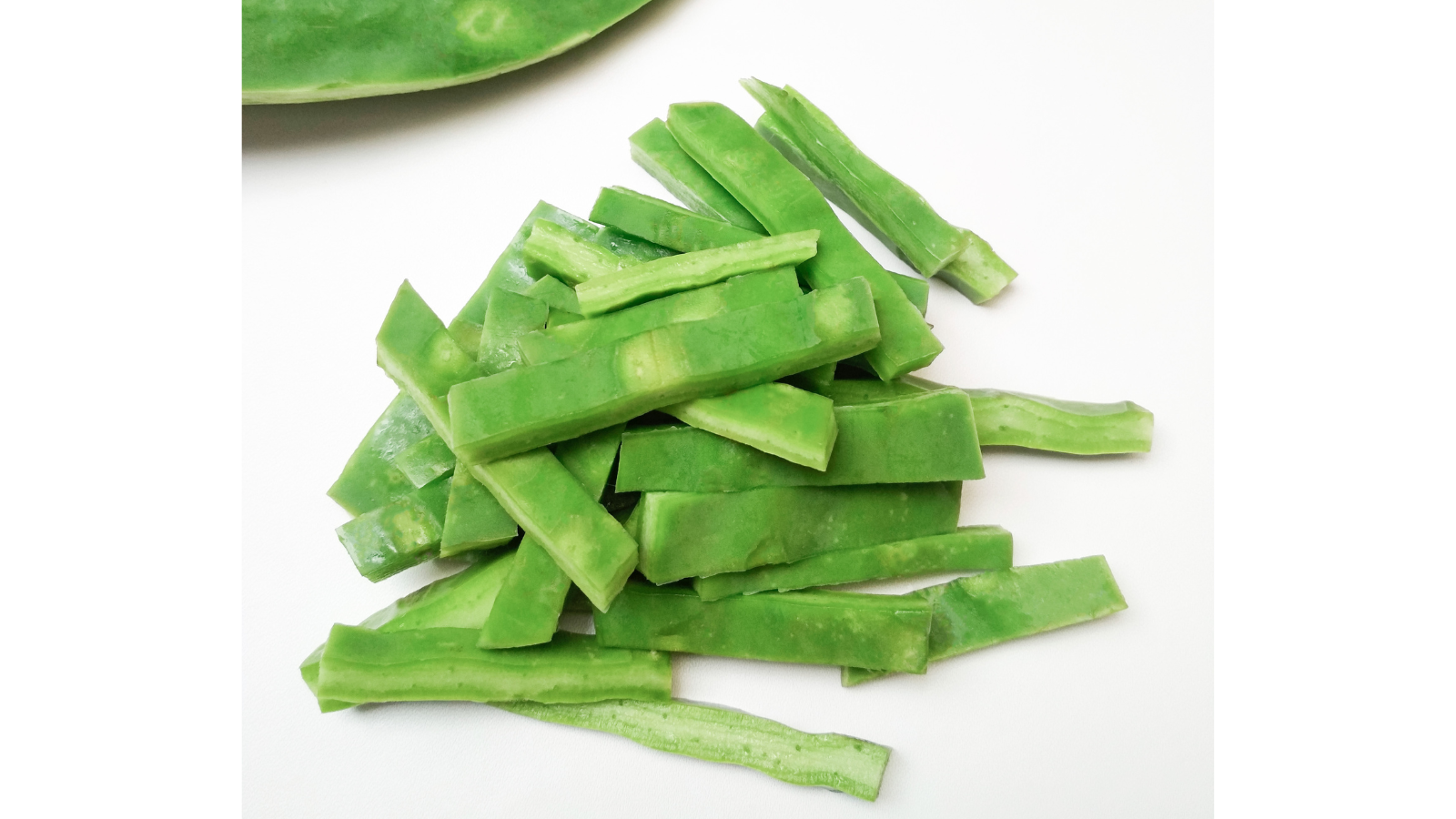
The nopal cactus is another gem in the quest for naturally managing blood sugar. Rich in antioxidants and anti-inflammatory properties, it offers benefits beyond its fiber content. Nopal is effective in lowering blood sugar levels, reducing insulin levels, and decreasing fat compounds in the blood. It's incredibly versatile and can be included in various dishes, such as cooked with eggs or added to a healthy salad. Additionally, it can be consumed raw, made into juice, jams, or tea, offering both healthfulness and deliciousness in one package.
Nopal cactus is a unique and nutritious addition to your diet. If you're looking to explore its culinary potential, you can try preparing nopal salad with a zesty lime vinaigrette, or you can use nopal pads in a flavorful stir-fry. This versatile ingredient not only supports blood sugar management but also adds a distinct flavor and texture to your meals.
4. Reduce Carb Intake
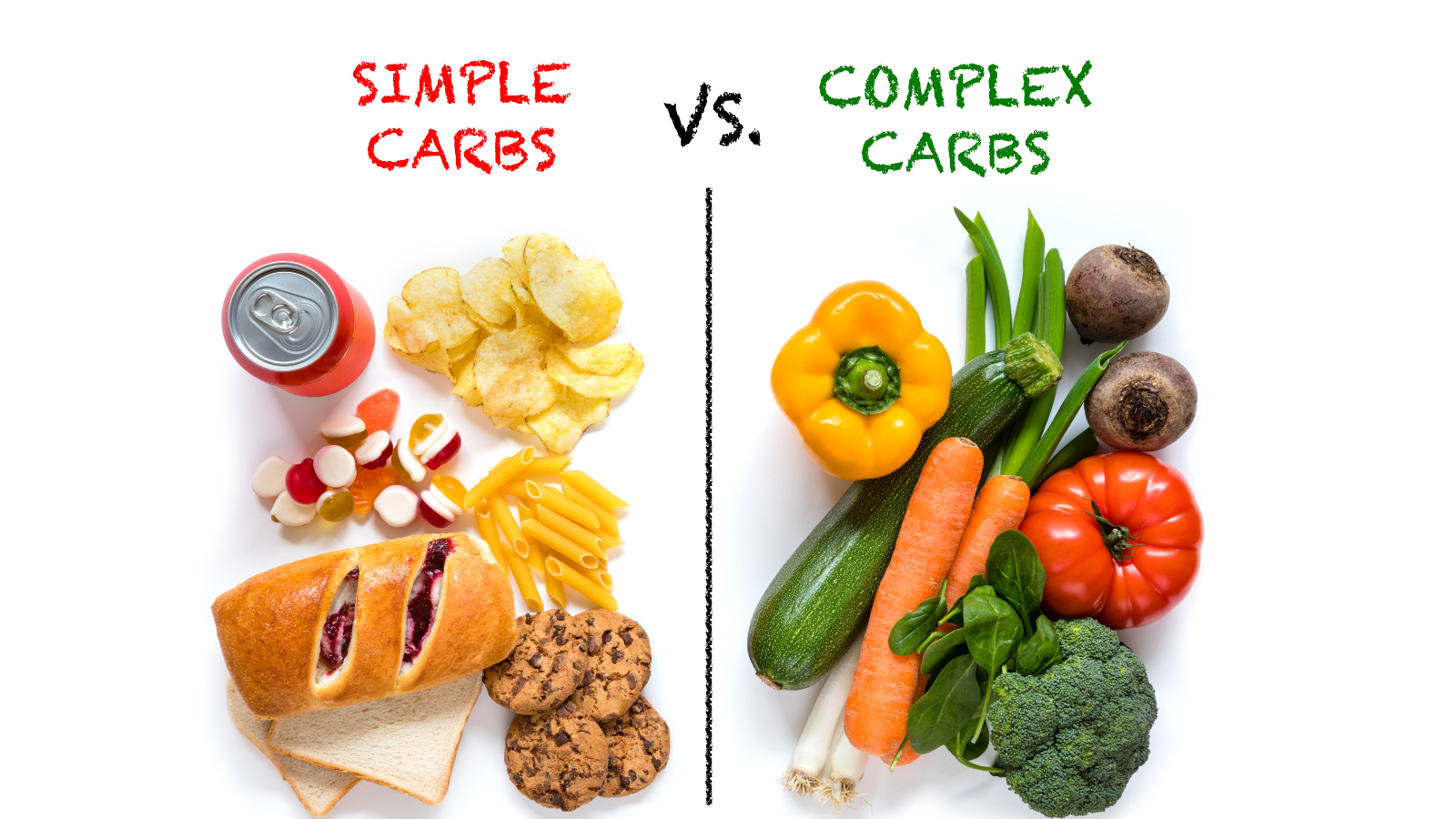
Unlike most other dietary recommendations, carbohydrates should be limited when it comes to managing blood sugar levels. High carb consumption can lead to issues with insulin function and result in elevated blood sugar levels. However, it's important to distinguish between low-carb and no-carb diets. The goal here is to lower your carb intake, not eliminate them entirely. Prioritize whole grains over processed options to maximize the health benefits. Keep in mind that carbs are not solely found in items like bread and pasta; they also lurk in sweets, dairy, and certain vegetables. Therefore, exercise caution in your overall carb consumption.
Reducing your carbohydrate intake can significantly impact your blood sugar levels. While it's essential to cut down on simple carbs like sugary treats and white bread, it's equally important to choose complex carbohydrates wisely. Opt for whole grains, such as brown rice, quinoa, and whole wheat pasta, as they provide sustained energy without causing rapid blood sugar spikes. Incorporate these healthier carb options into your meals for better blood sugar control.
5. Opt for Low Glycemic Index Foods
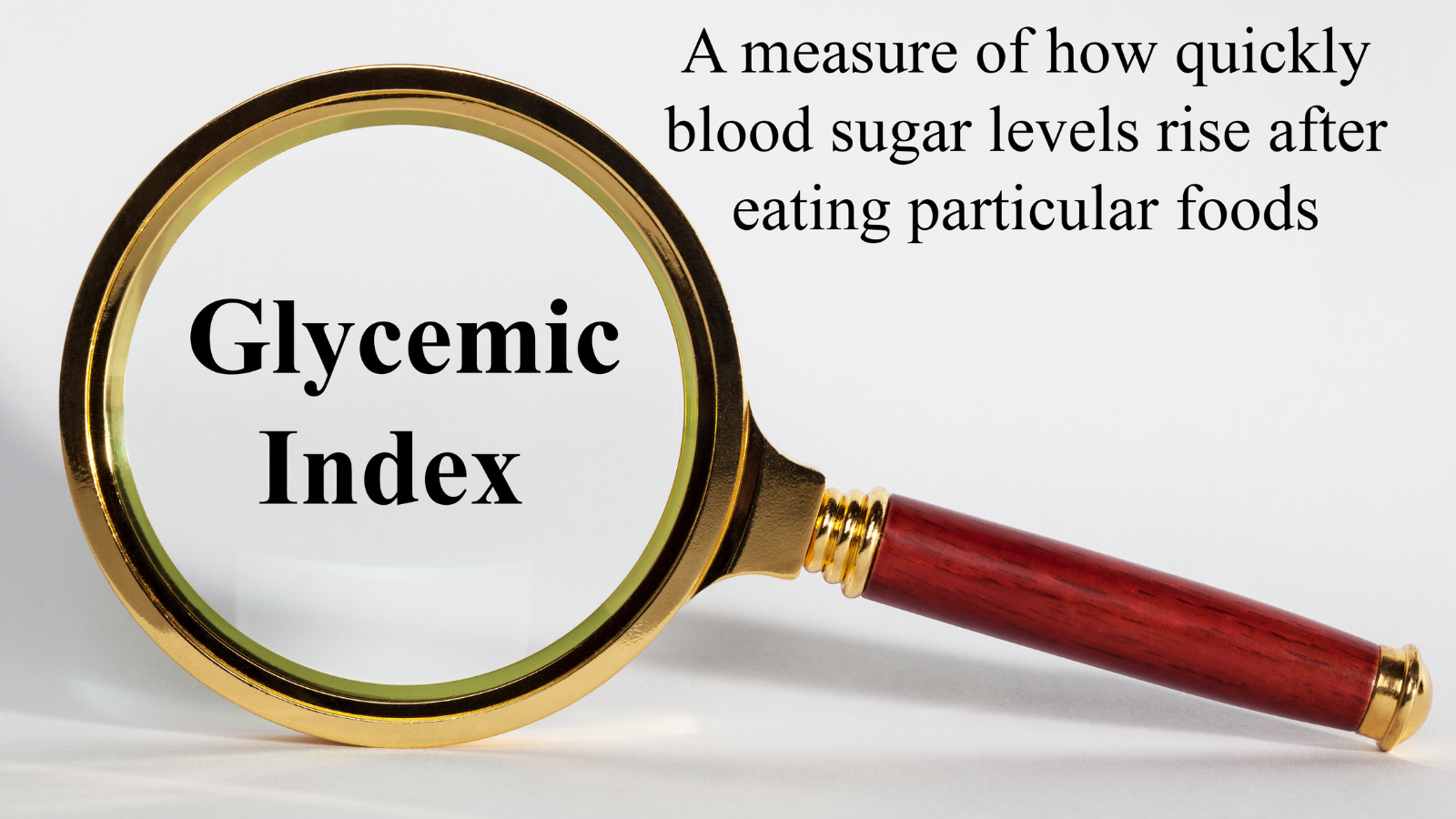
The glycemic index measures how quickly your body absorbs and breaks down carbohydrates during digestion. To naturally lower blood sugar levels, focus on foods with a low glycemic index of 55 or less. These include items like barley, oats, Greek yogurt, beans, and legumes.
Focusing on low glycemic index foods is a smart choice for steady blood sugar control. Incorporate these foods into your diet to minimize blood sugar spikes and crashes. For example, you can start your day with a bowl of steel-cut oats topped with fresh berries for a low-GI breakfast that provides lasting energy. Snacking on Greek yogurt with nuts and a drizzle of honey can also be a satisfying and blood sugar-friendly option.
6. Incorporate Apple Cider Vinegar
Apple cider vinegar boasts several health benefits, including its role in managing blood sugar levels. It directly affects the body's response to sugar and enhances insulin sensitivity. Apple cider vinegar delays stomach emptying after meals, which ultimately leads to reduced blood sugar levels. If you're not keen on adding it to your meals, you can consider taking 2 tablespoons before bedtime to improve your glucose levels.
Apple cider vinegar can be a versatile and healthful addition to your daily routine. If you're new to using it, start by mixing a small amount with water and honey as a morning elixir. Gradually, you can explore various recipes that incorporate apple cider vinegar, such as salad dressings, marinades, and pickles. This not only supports your blood sugar management but also adds a tangy kick to your meals.
7. Embrace the Power of Ginger
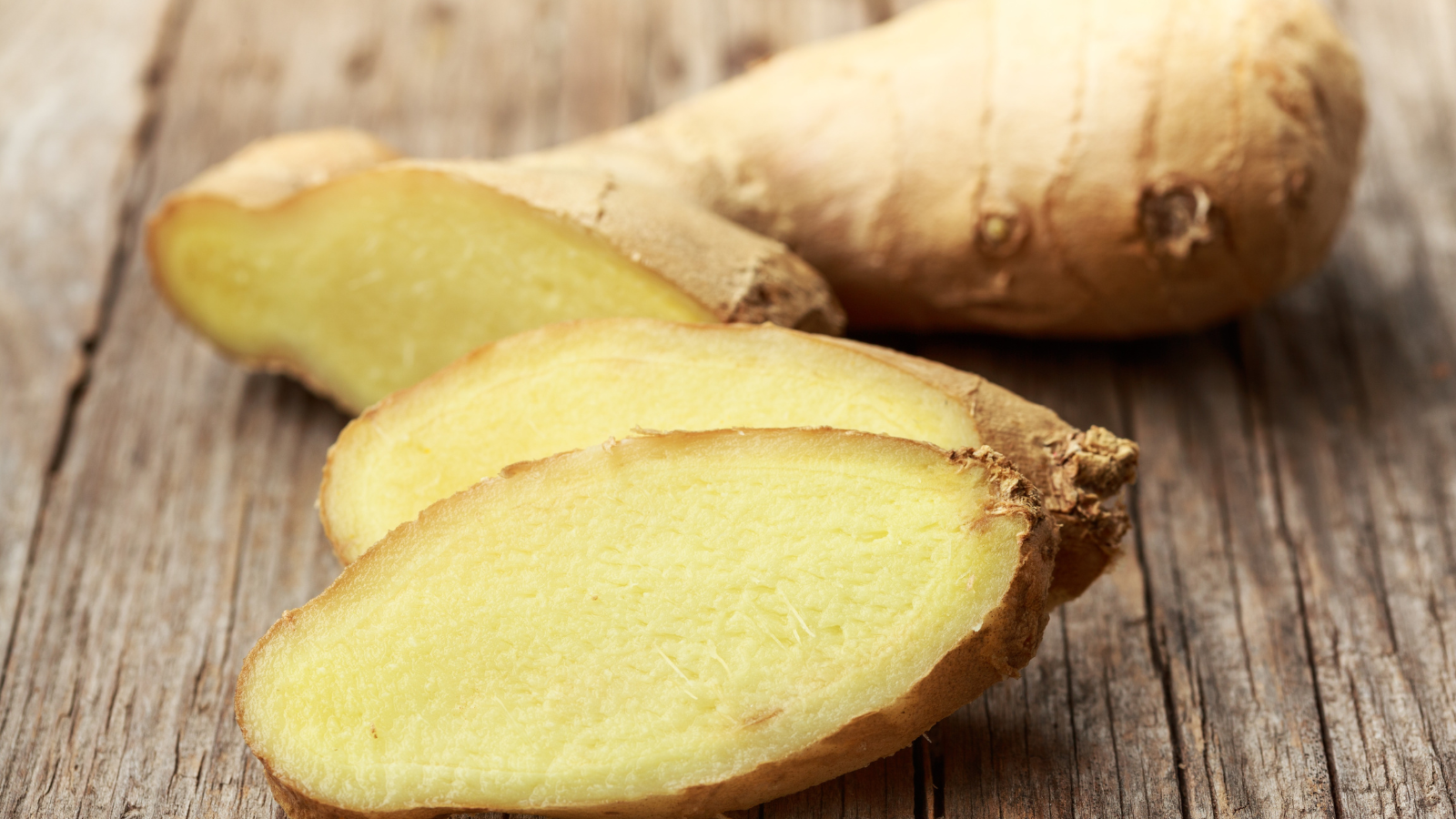
Ginger is a versatile and health-boosting spice that can also aid in lowering blood sugar levels naturally. Regular consumption of ginger can help reduce blood sugar levels and regulate insulin. You can incorporate ginger into your routine by drinking it with water one to three times a day. Over time, you'll likely notice positive results.
Ginger is a flavorful and aromatic spice that can elevate the taste of your meals while contributing to better blood sugar management. Consider using fresh ginger in your cooking for a zesty kick. You can add ginger slices to stir-fries, soups, or even infuse it into tea for a soothing and healthful beverage.
In addition to dietary changes, maintaining overall health and wellness plays a crucial role in managing blood sugar levels. Remember to stay hydrated by drinking plenty of water, stay physically active, consume frequent but small meals, avoid skipping meals, and practice stress reduction techniques. These holistic approaches, combined with the right foods and strategies, can help you maintain healthy blood sugar levels and overall well-being.
By integrating these dietary choices and lifestyle adjustments, you can take proactive steps towards naturally lowering and managing your blood sugar levels. Make these changes a part of your daily routine, and you'll not only promote better blood sugar control but also enhance your overall health and well-being.




Submit your email and confirm subscription to receive the download link, along with more e-books and helpful tips.
Don't worry, you can unsubscribe at any time
We Value Your Privacy And Your Information Is Never Shared
This site is not a part of the Facebook website or Facebook Inc. Additionally, this site is NOT endorsed by Facebook in any way. FACEBOOK is a trademark of FACEBOOK, Inc.
